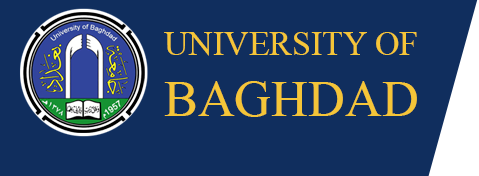Clustering and Region Growing methods to Detect Brain Tumor in Skull Stripped MRI Images
Rabab Saadoon Abdoon, Loay Kadom Abood, Saleh Mahdi Ali
Abstract
Brain tissues segmentation in Magnetic Resonance Imagery (MRI) involves isolating its basic components like Gray Matter (GM), White Matter (WM) and Cerebrospinal Fluid (CSF). As long as brain tissues are well known anatomically with fine boundary, therefore precise segmentation method for brain tissues consider to be very important step to study brain morphologically and quantitatively. Moreover abnormal tissues like tumors, Brain hemorrhage and other needs to be isolated fine as well. Voxels belong to the external human tissues in MRI images must be eliminated in order to avoid miss classifying the outer tissues of the brain like scalp, fat and skull bone as white and gray matter or tumor when segmentation method used. Two methods were used to achieve skull stripping. The first one is Active Contour, which was used for the first time in this field by use. While the second method is Morphological processes. The second step of this work is segmentation or classification methods to extract abnormal like tumor. Segmentation methods like K-Mean, Fuzzy C-Mean, Region growing as well as two modified methods depends on FCM. These two methods were applied on 13 MRI images slices for a patient has (Metastatic Bronchogenic Carcinoma), this area was detected and isolated successfully and the surface area was calculated as well and other geometrical properties of this area. The results show the two methods of skull stripping are high quality specially the active contour. For segmentation methods were successful also with high ranking

